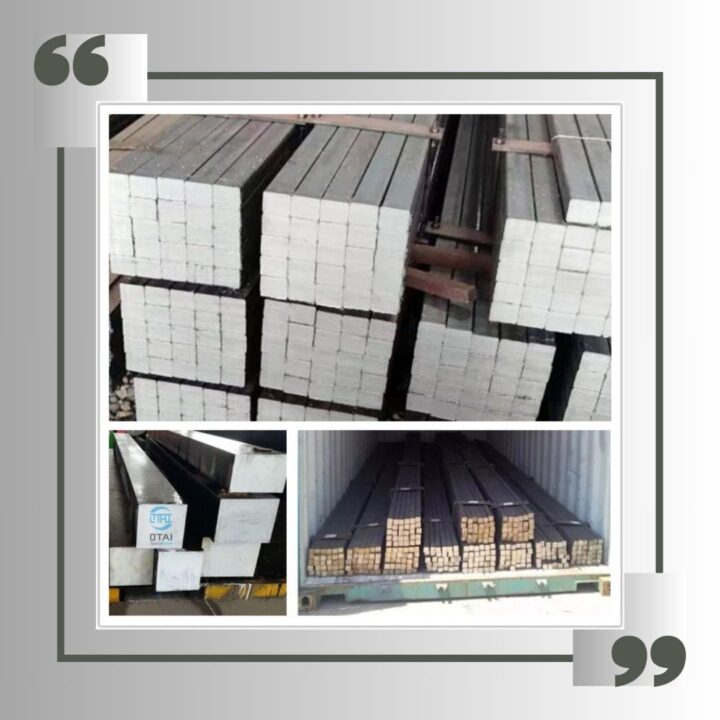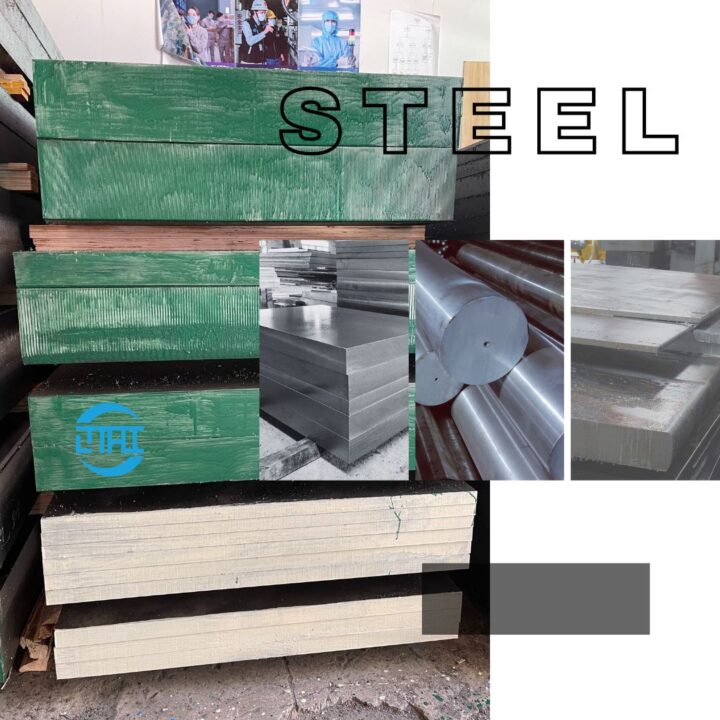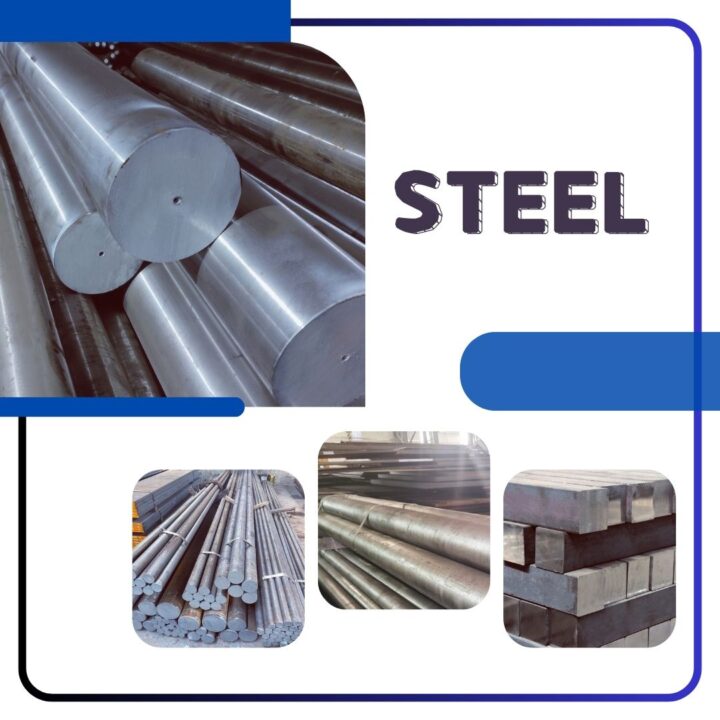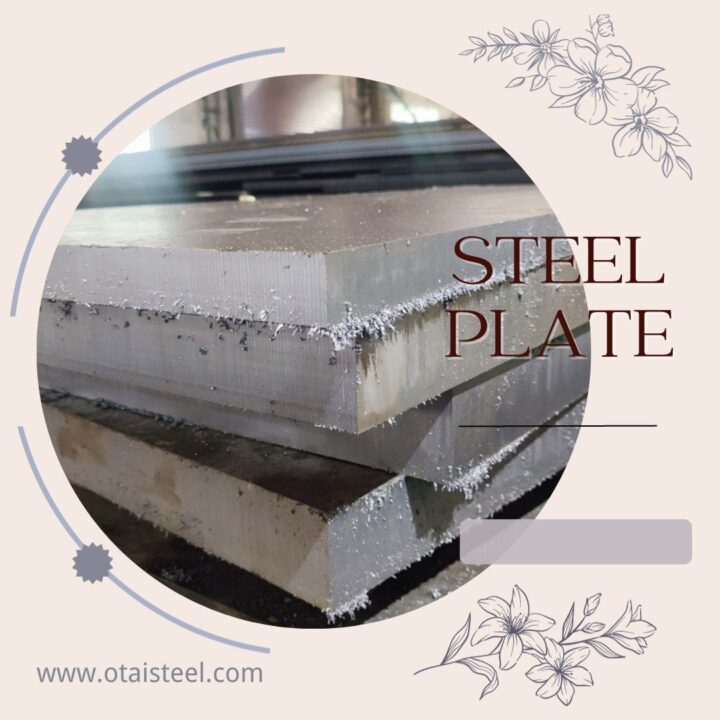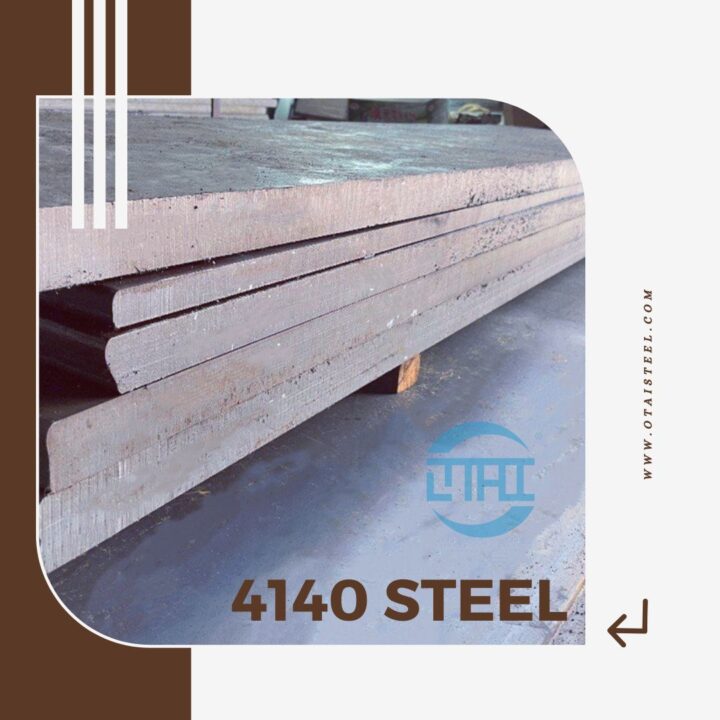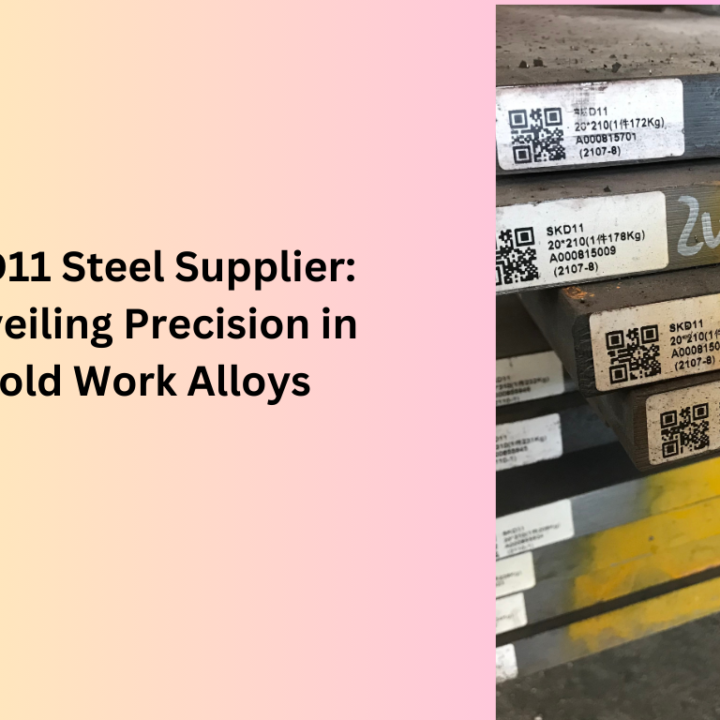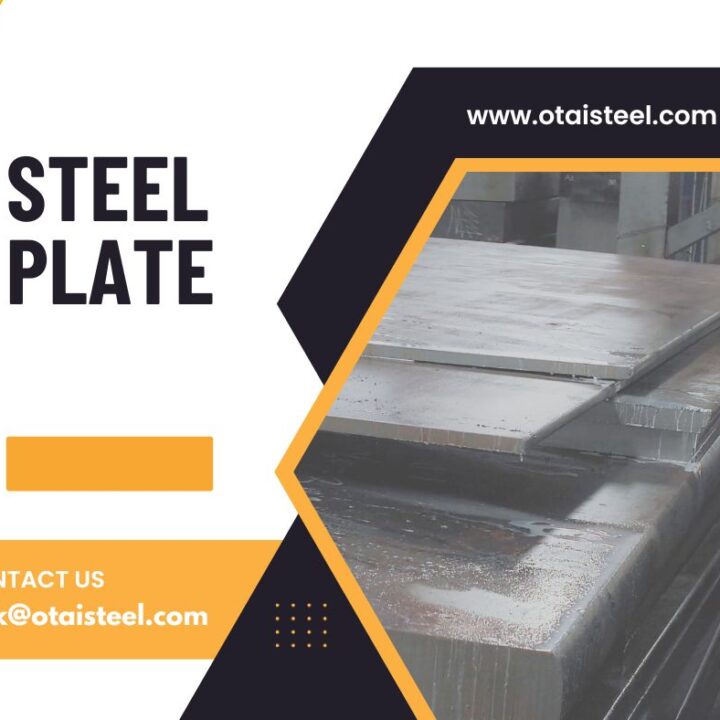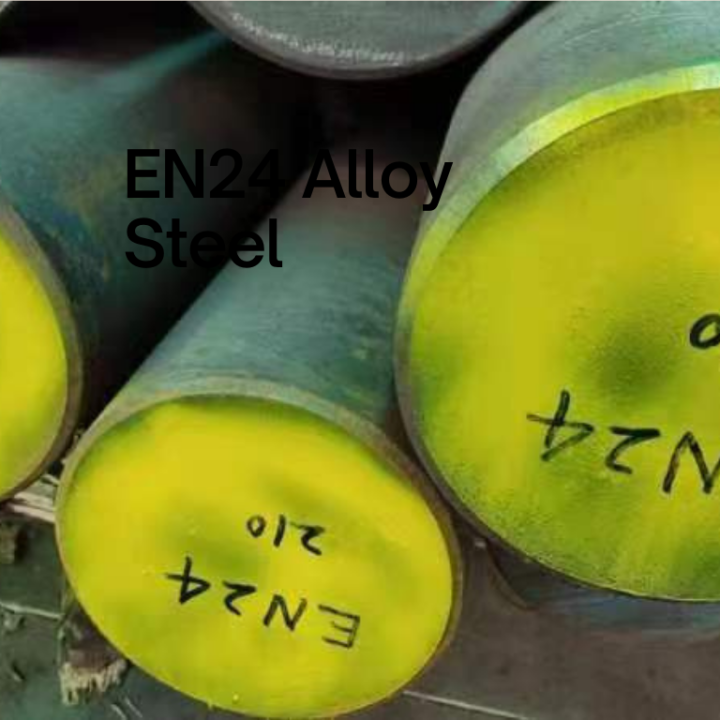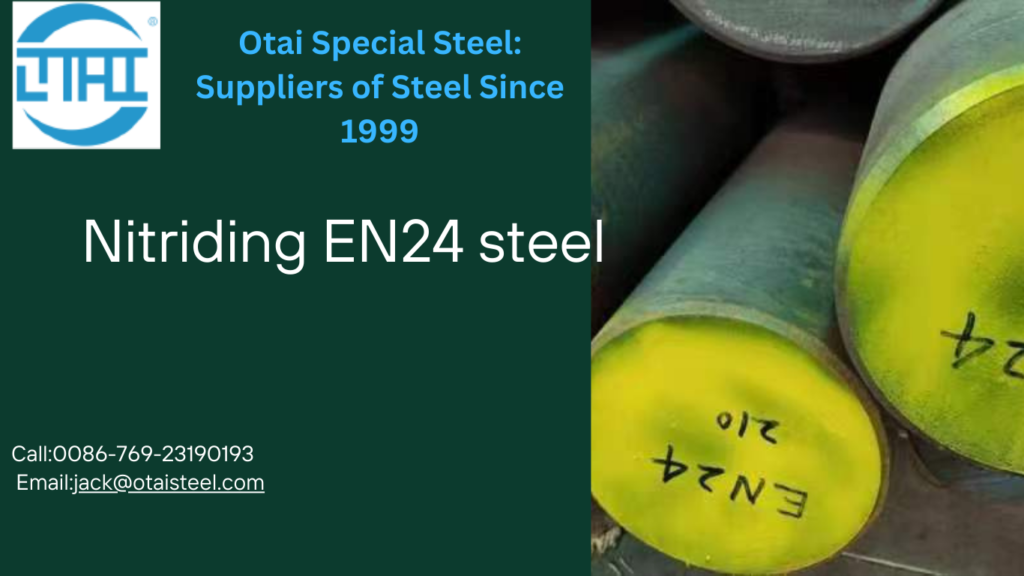
Welcome to the realm of steel mastery! As your go-to steel material technical expert, we’re here to unravel the mysteries surrounding nitriding EN24 steel. If you’ve been scouring the web for insights into this transformative process, you’re in the right place. Let’s embark on a journey through the nitriding landscape, exploring the why, how, and what’s next in enhancing EN24 steel.
Nitriding EN24 Steel: A Closer Look
The Nitriding Process Demystified:
To kick off our exploration, let’s dive into the heart of the matter: the nitriding process tailored specifically for EN24 steel. Nitriding, a heat treatment method that introduces nitrogen to steel surfaces, transforms the mechanical properties of EN24. Here’s a breakdown of the key stages:
| Stage | Details |
|---|---|
| Heating | EN24 steel is heated in the presence of ammonia gas. |
| Nitriding Temperature | Typically around 500-550°C, ensuring optimal results. |
| Duration | The process time varies, influencing case depth and hardness. |
Benefits Unveiled
Now, let’s address the pivotal question: Why should you nitride EN24 steel?
- Enhanced Hardness:
- Nitriding significantly boosts surface hardness, offering superior resistance to wear and abrasion.
- Increased Fatigue Strength:
- The process enhances the fatigue strength of EN24 steel, making it an ideal choice for components subject to cyclic loading.
- Improved Wear Resistance:
- Nitrided EN24 steel exhibits remarkable wear resistance, extending the lifespan of components in demanding applications.
Applications Beyond Boundaries
Nitriding EN24 steel finds its prowess in diverse industries. Whether in the automotive sector, aerospace engineering, or general manufacturing, the enhanced properties of nitrided EN24 steel make it a preferred choice for critical components.
Comparing Heat Treatment Processes
Curious about how nitriding stacks up against other heat treatment methods for EN24 steel? Let’s break it down:
| Property | Nitriding | Quenching and Tempering |
|---|---|---|
| Surface Hardness | High | High |
| Case Depth | Controlled | Limited control |
| Fatigue Strength | Improved | Improved |
| Wear Resistance | Excellent | Good |
Nitriding: Not Without Equipment
To achieve the desired results, you’ll need the right equipment. Nitriding is typically carried out in specialized furnaces, and safety precautions are paramount. Here’s a glimpse into the equipment involved:
- Furnace Types:
- Gas nitriding furnace or plasma nitriding equipment.
- Safety Considerations:
- Proper ventilation and protective gear to ensure a secure working environment.
Troubleshooting the Nitriding Journey
Like any technical process, nitriding can encounter challenges. Common issues include inadequate surface hardness or uneven case depth. We’ll guide you through troubleshooting these hurdles, ensuring a smooth nitriding experience.
In Conclusion: Elevate Your Steel Game with Nitriding EN24
In this journey, we’ve uncovered the secrets of its process, benefits, applications, and more. Armed with this knowledge, you’re poised to make informed decisions for your steel material needs.
Remember, the world of steel is vast, and understanding the nuances can make all the difference. Should you have further queries or wish to explore the world of steel alloys, don’t hesitate to reach out. Here’s to elevating your steel game with Dongguan OTAI Special Steel!
Feel free to drop your thoughts and questions in the comments below. Let’s keep the conversation rolling!
